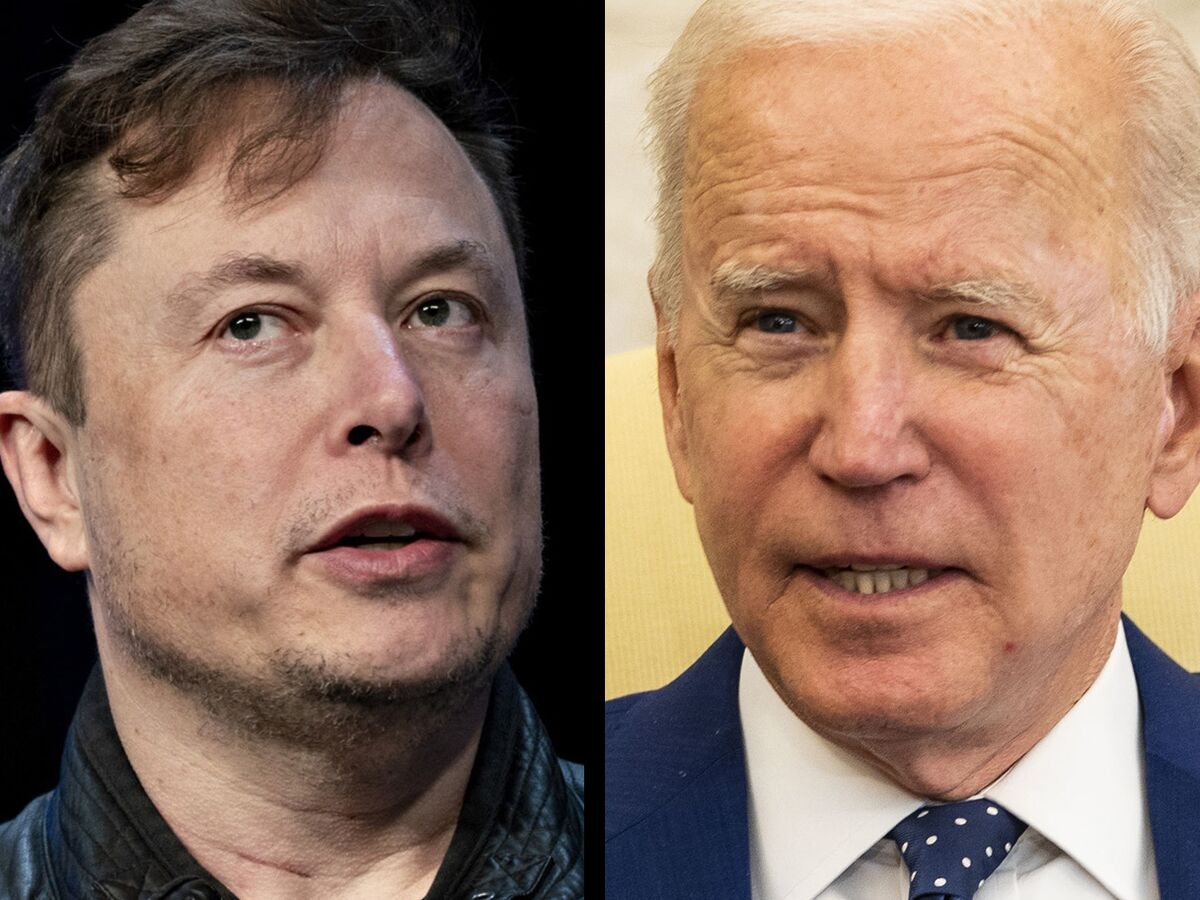In US terms since the Buttonwood tree market makers have manipulated. technically the system(s) were not "set up to trust them". They were developed to improve liquidity and standardize tools of the trade. It is only by inference and political positioning that any reference to individual shareholders exists at all.
That may not be a popular view, but it is true. Worldwide financial systems were all developed to benefit financial institutions and institutional investors. I understand the previous sentence is absolute. A little more than 40 years ago I led a project for a very large financial institution to assess the structure and character of more than 170 individual financial markets, from the smallest at the time, the Seychelles to the physically largest, China (at that time they did not have a national system, and much intra-China trade ran on, believe it or not, bankcard debit settlement systems. That changed very, very quickly, but 1978 was the real beginning of their economic development).
That paragraph simply explains that the roelfo market makers and financial transactions is no monolithic at all. Almost none of it has much to do with individual consumers. There is a lesson that is unequivocal:
By design, participation in most securities or other financial markets does not have individual consumer benefits except from the typical Consumer Protection feature that are
always designed to appear to have consumer benefits that are actually quite toothless.
The absolute classic example is in the present day. TSLA, represents more than half the total derivatives market. Why should that be? It si quite simple and transparent. TSLA is inordinately popular among active consumers who are self-directed. That means that those investors (US, if you please) are probably the most profitable single class of individuals. The result is that the TSLA individual investors devour large quantities of highly 'sophisticated' ...
note: I am using the 15c definition for the word:
sophistication (n.)
early 15c., "use of sophistry; fallacious argument intended to mislead; adulteration; an adulterated or adulterating substance,"
...tools. Those tools are quite explicitly designed to generate r4venue from volatility, the more extreme the better.
Most fo us know that, but persist in trying to game a system designed to strip them of their money. In short, playing with derivatives as an individual consumer is roughly equivalent to using a 'system' to play slot machines. It cannot be successful long term and will not be.
Of course
@StealthP3D is largely correct except for the purpose. Quite a few people here are using FINRA data:
Short sale trade data is publicly available for off-exchange (OTC) trades in exchange-listed securities reported to a FINRA Trade Reporting Facility (TRF), Alternative Display Facility (ADF), or Over the Counter Reporting Facility (ORF).

www.finra.org
Given the interplay between DTC...
DTC brings efficiency to the securities industry by reducing costs, immobilizing securities and making 'book-entry' changes to ownership of the securities.

www.dtcc.com
...FINRA and the reporting entities much short selling and consequent Fails to Deliver may never be reported at all.
This all sounds to be deeply conspiratorial. I don't really think that is true. factually very few people understand how this system works. Those who do are likely to be very, very 'nerdish' and some have very well developed analytic skills. Those few devise the various operational tools that end out being called 'bots', 'algorithms' or something else. Those are the automated tools that end out manipulating markets, quite often in ways that avoid regulatory reporting.
To my knowledge virtually no ostensible corporate leaders have any idea at all how this works. They only know they make tons of money until something goes wrong, whereupon they are perfectly equipped to deny responsibility, take their Nobel Prizes and/or $billions and retire into the sunset. In short, the system probably is mostly not corrupt but it is wide open for corrupt actions that are plausibly deniable.
This repeats regular warnings, that will invariably be ignored by people who are convinced they can beat the system. They're better off going to casino slots where they might at least get 'free' drinks when they lose enough.




